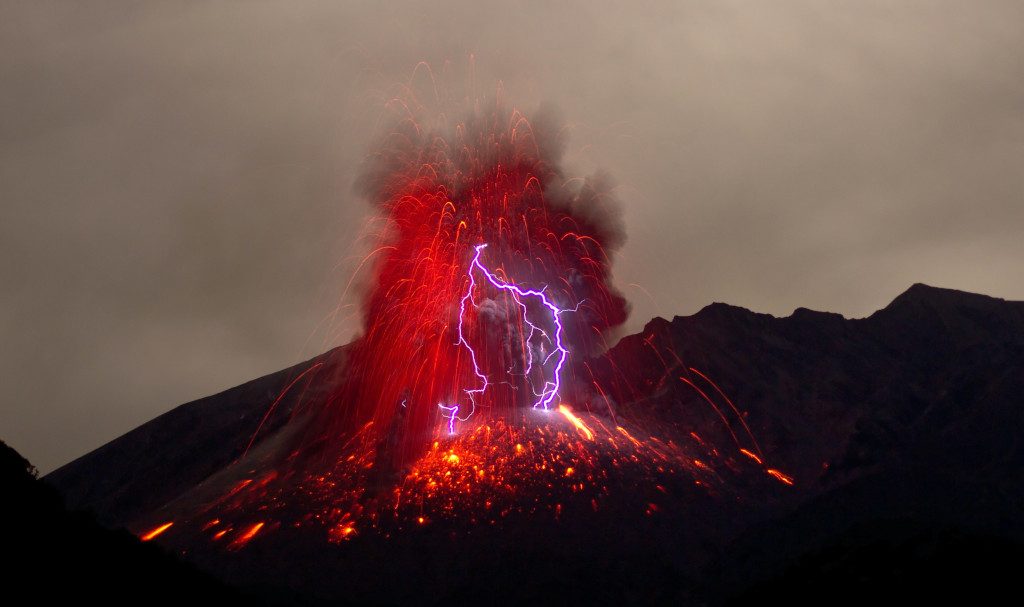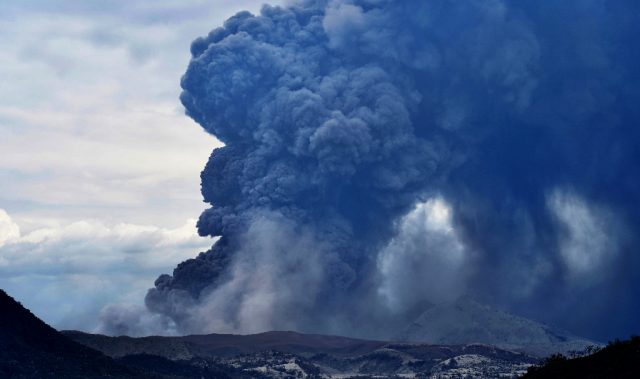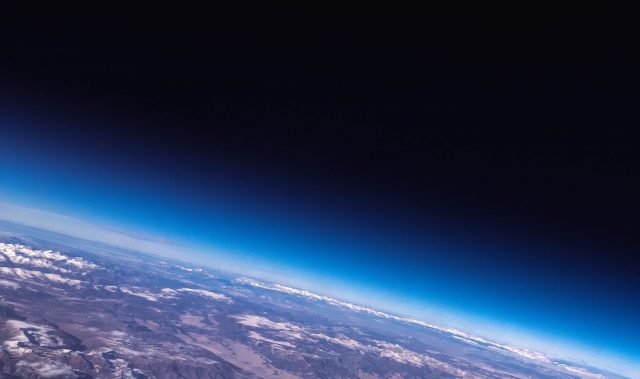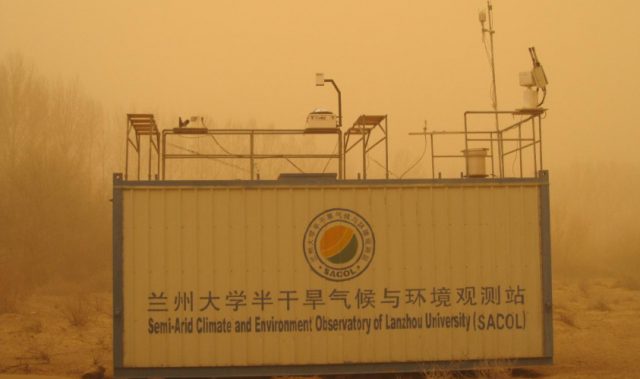
AsianScientist (Jun. 19, 2020) – In a study published in Science Advances, researchers have showed that volcanic eruptions play a key role in decreasing global rainfall by warming the oceans. The study was conducted by Professor Min Seung-Ki and Dr. Paik Seungmok at POSTECH, South Korea, and researchers from the French National Centre for Scientific Research, Swiss Federal Institute of Technology in Zurich, and University of Edinburgh.
The increase in Earth’s surface temperature has led to sea level rise, the abrupt melting of Arctic sea ice and an increase in extreme weather events such as heat waves, droughts and floods. To accurately predict the impact of anthropogenic climate change, it is important to understand the effects of natural factors such as solar and volcanic activities.
So far, studies have shown that volcanic activity reduces rainfall across the globe, but its specific mechanism had been unclear. For example, the dust emitted by the eruption of Mount Pinatubo in 1991 reduced global temperature by about 0.2 degrees by blocking heat from the sun from reaching the Earth’s surface. Volcanic activities, along with this cooling effect, reduce the global terrestrial precipitation but its amplitude greatly varies depending on climate model simulations.
In the present study, the researchers found that the main factor for the drop in rainfall after volcanic eruptions is the difference in the resulting El Niño response.
El Niño is a natural climate variability that occurs every three to eight years, with weakened trade winds in the equatorial Pacific Ocean and warmer sea surface temperatures in the equatorial eastern Pacific, causing extreme weather conditions across the globe including drought and heavy rains. Under El Niño’s influence, precipitation reduction occurs especially in the global monsoon regions, including Southeast Asia, India, South Africa, Australia and northern South America.
The team compared several climate model simulations and found that El Niño appeared in the year following a volcanic eruption in most models, with a significant drop in precipitation around the global monsoon region. In particular, the strength of El Niño was different for each simulation, and the stronger the El Niño, the more pronounced the reduction in precipitation occurred.
The research team also found that the stronger the volcanic forcing and the greater the warm water volume in the western Pacific Ocean, a stronger El Niño developed, which in turn intensified the reduction in precipitation.
The article can be found at: Paik et al. (2020) Volcanic-induced Global Monsoon Drying Modulated by Diverse El Niño Responses.
———
Source: Pohang University of Science & Technology; Photo: Unsplash.
Disclaimer: This article does not necessarily reflect the views of AsianScientist or its staff.












